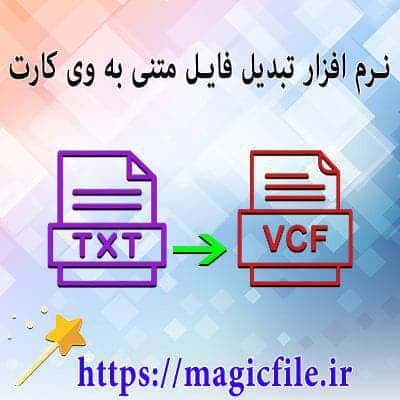ANALYSIS OF HTML CODE
HTML (HyperText Markup Language) serves as the backbone of web development. Analyzing HTML code involves examining its structure, elements, and semantics to ensure it functions correctly and efficiently.
Firstly, let’s break down the STRUCTURE of HTML. Each HTML document begins with a declaration that specifies the version of HTML. Following that, the `<html>` tag encapsulates the entire content. Inside this tag, we have two main sections: the `<head>` and `<body>`.
In the HEAD section, you’ll find metadata, links to CSS stylesheets, and scripts. For instance, the `<title>` tag defines the title of the webpage, appearing in the browser tab. Additionally, `<meta>` tags provide essential information about the character set, author, and viewport settings.
Moving to the BODY section, this is where the actual content resides. Elements like headings (`<h1>`, `<h2>`, etc.), paragraphs (`<p>`), images (`<img>`), and links (`<a>`) are part of this section. Analyzing these elements helps identify their roles. For example, headings are crucial for SEO and accessibility.
SEMANTICS also play a significant role. Using semantic tags like `<article>`, `<section>`, and `<footer>` enhances the meaning of the content. Search engines and assistive technologies rely on these tags to understand the structure better.
Moreover, VALIDATION of HTML code is vital. Tools like W3C Validator check for errors and ensure adherence to standards. This ensures cross-browser compatibility and improves the user experience.
Lastly, ACCESSIBILITY should never be overlooked. Implementing attributes like `alt` for images and ensuring proper heading structures are essential for users with disabilities.
In summary, a thorough analysis of HTML code encompasses its structure, semantic elements, validation, and accessibility. By focusing on these areas, developers create more efficient and user-friendly web pages.
ANALYZE HTML CODE
HTML، یا زبان نشانهگذاری Hypertext، اساس وبسایتها را تشکیل میدهد. این زبان به ما اجازه میدهد تا ساختار و محتوای وبسایتها را تعریف کنیم. آنالیز کدهای HTML شامل بررسی عمیق عناصر، ویژگیها و ساختار کلی است.
در ابتدا، بیایید ساختار اصلی HTML را بررسی کنیم. یک سند HTML معمولاً با تگ `<html>` آغاز و با تگ `</html>` پایان مییابد. درون این تگ، ما دو بخش اصلی داریم: `<head>` و `<body>`.
بخش `<head>` شامل اطلاعات متا، عنوان صفحه، و پیوندها به فایلهای CSS یا جاوااسکریپت است. به عنوان مثال، تگ `<title>` نام صفحه را مشخص میکند. همچنین، تگهای `<meta>` اطلاعاتی مانند نوع کدگذاری و توضیحات را ارائه میدهند. این اطلاعات به موتورهای جستجو و مرورگرها کمک میکند.
سپس، به بخش `<body>` میرسیم که محتوای اصلی صفحه را در بر میگیرد. این بخش شامل متن، تصاویر، لینکها و دیگر عناصر تعاملی است. عناصر HTML، مانند `<h1>`, `<p>`, `<img>`, و `<a>`, به ما امکان میدهند تا محتوای خود را به صورت منظم و قابل فهم نمایش دهیم.
علاوه بر این، استفاده از ویژگیها در عناصر HTML نیز ضروری است. برای مثال، تگ `<img>` دارای ویژگی `src` است که آدرس تصویر را مشخص میکند. همچنین، ویژگی `alt` برای توصیف تصویر به کار میرود. این ویژگیها به تجربه کاربری و دسترسیپذیری کمک میکنند.
به طور کلی، آنالیز کدهای HTML نیازمند بررسی دقیق ساختار، عناصر و ویژگیهاست. این کار به ما کمک میکند تا وبسایتهایی با کیفیت و کاربرپسند ایجاد کنیم.





